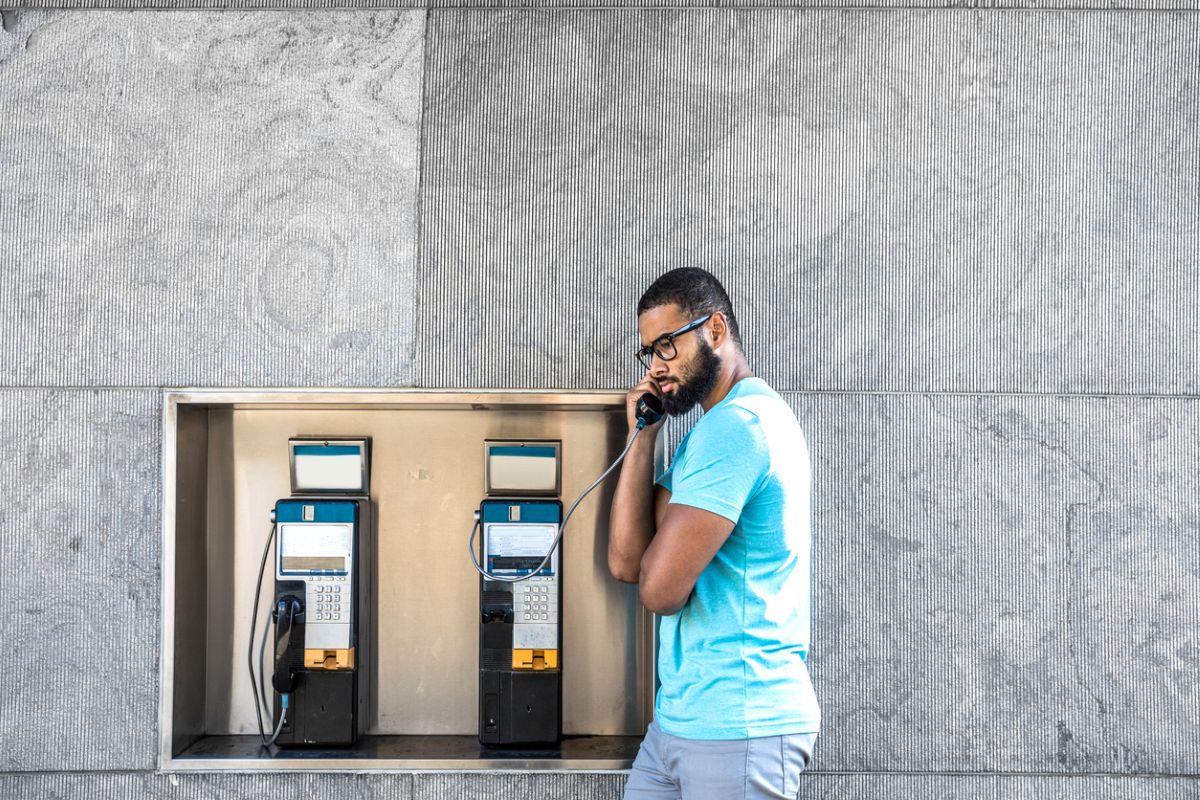How do payphones work, and are they still used today?

When was the last time you spotted a payphone or, better yet, actually used one? For many of us, the sight of an old payphone booth on a street corner is a throwback to another era. But before cell phones, payphones were an important lifeline. Need to call a ride? Emergency at the airport? You’d head straight for the nearest phonebooth and drop in a few coins.
Today, payphones feel more like cultural relics than everyday tools. They’ve taken on a kind of iconic status, from the United Kingdom’s bright red telephone boxes to memorable phone booth scenes in movies and TV shows. But how exactly did payphones work, and are they still around in 2025?
In this article, we’ll take a quick look at the history of pay phone booths, walk through the basics of how to use one and even explore where you might still find a telephone booth today.
A quick history of payphones
Before public payphones, making a call wasn’t easy for most people. Telephones were largely private and reserved for businesses or the wealthy, while agent-operated pay stations—where you paid someone to place a call for you—were relatively rare. Public payphones changed all that. They didn’t just make communication more convenient. They helped democratize it.
The first public pay telephone appeared in 1889, invented by William Gray in the United States. Its creation marked the beginning of a new era in accessibility, turning what had once been a luxury into a practical, everyday tool.
By the early 1900s, payphones were popping up all over cities, especially in high-traffic areas like train stations, hotels and post offices. They quickly became a fixture of urban life, connecting people in ways that hadn’t been possible before.
Over the decades, payphone designs evolved alongside technology. Rotary dials gave way to push buttons, coin slots were modified to accept different denominations and eventually, some phonebooths even took cards.
A century after their invention, there were more than 2 million payphones in the U.S. From travelers and commuters to those without home phones, these booths became essential pillars of daily life.
Looking at the broader telecom timeline, payphones marked a crucial step toward the mobile, always-connected world we live in today.
How do payphones work?
The basic idea of a pay telephone hasn’t changed much since they first appeared. You insert money, dial a number and your call connects through the public switched telephone network (PSTN), just like a landline at home.
Here’s a step-by-step on how to use a payphone:
- Check the payment method. Old payphones typically accept coins, while newer ones might take prepaid calling cards or credit cards.
- Pick up the handset. Listen for a dial tone, which means the line is working.
- Insert the payment. Drop in the right coins or swipe your card.
- Dial your number. Whether local or long-distance, your call is routed through the telephone network. Some payphones may have operators to help connect trickier calls.
- Add more coins if needed. If the call ran over the initial amount, a prompt would let you insert more coins to keep talking.
- Hang up when finished. The payphone registers the end of the call, and some machines would even refund unused coins.
While pretty straightforward, using a payphone did require a little extra planning. You had to keep an eye on how long your coins would last and be ready to add more if the call ran long. It wasn’t the endless talk time we’re used to with cell phones today, but back then knowing your way around a payphone was just part of everyday life.
Are payphones still used today?
With cell phones in nearly everyone’s pocket, the number of payphones has fallen dramatically. By some estimates, fewer than 100,000 remain in the U.S. Most have been removed, but a few stubborn holdouts persist. There’s a chance you can find pay telephone booths in rural areas, correctional facilities and some emergency spots.
So what happens to all the leftover pay phone booths and telephone booths? Around the world, creative solutions are popping up. In the UK, old red telephone boxes are being repurposed as tiny art galleries or information kiosks. In China and South Africa, some pay telephone infrastructure has been turned into public Wi-Fi hotspots, giving them new life in the digital age.
In the U.S., one of New York City’s last public payphones, once located in Times Square, was recently removed in 2022 and is now on display at the Museum of the City of New York, serving as a tangible piece of history and a symbol of how quickly technology can change.
The legacy of payphones
Payphones may be mostly gone, but their impact lingers. Once essential for emergencies and everyday calls, they’ve become iconic fixtures of nostalgia and pop culture. Even if you never drop a quarter into a payphone, they remain a fascinating reminder of how we used to connect.



